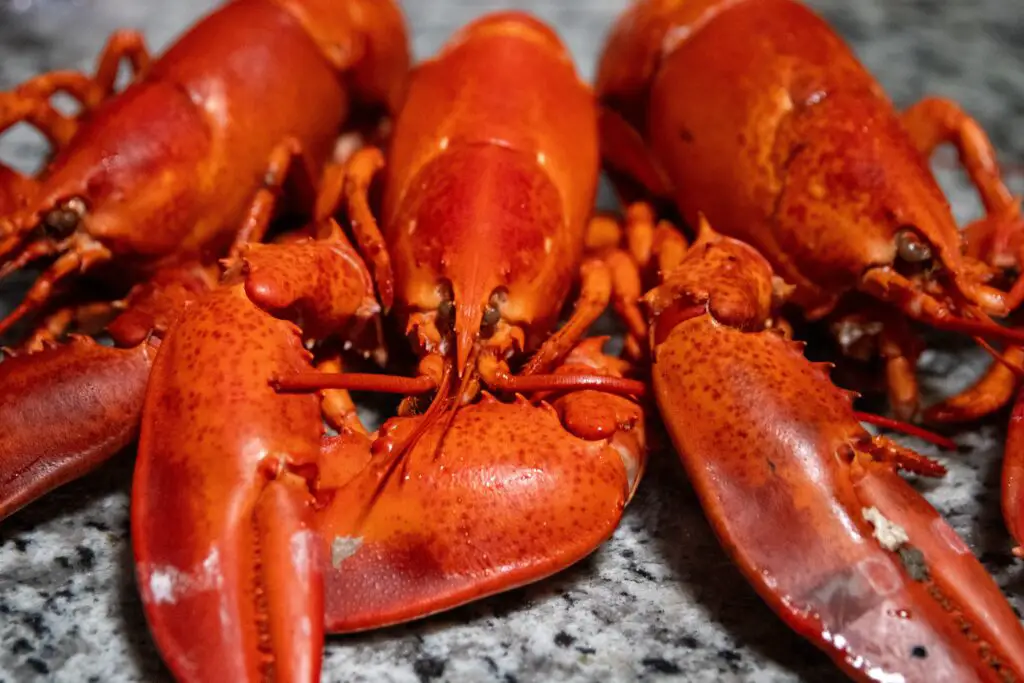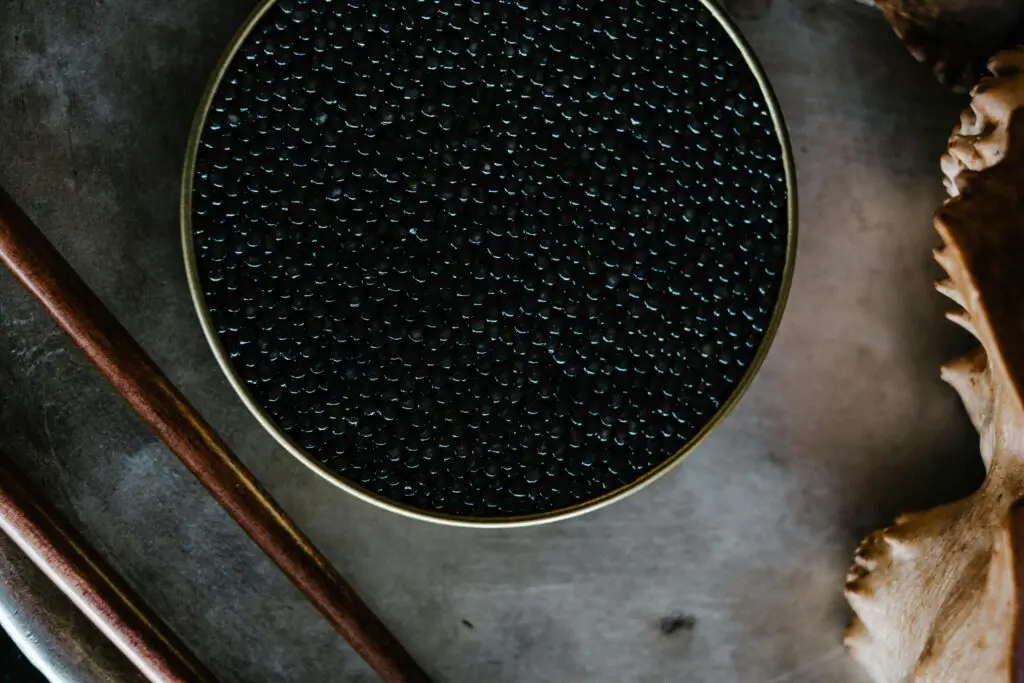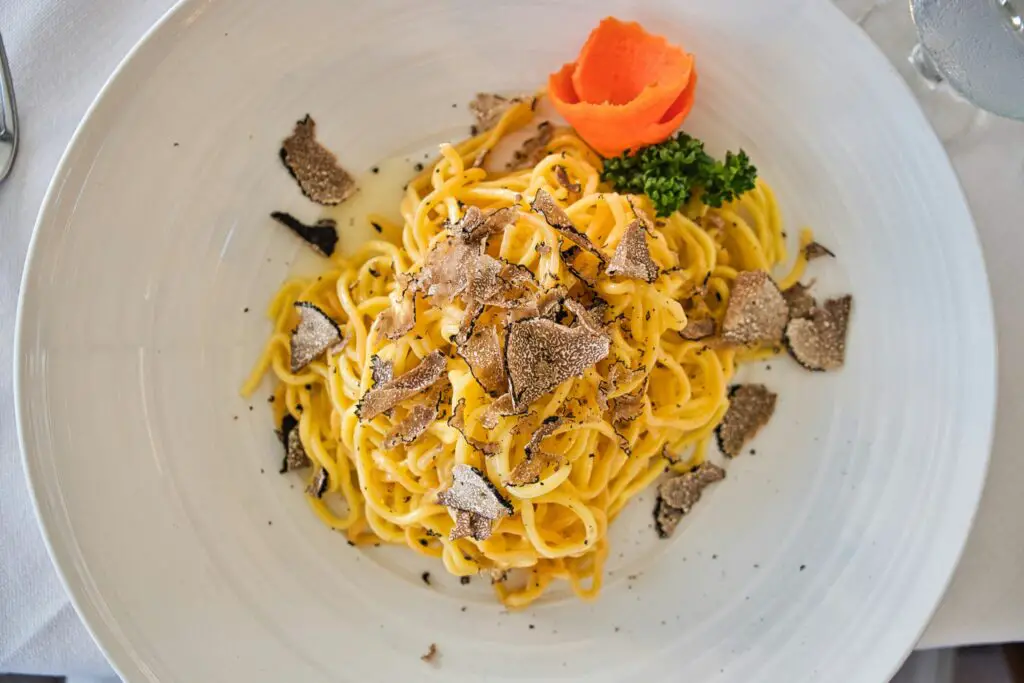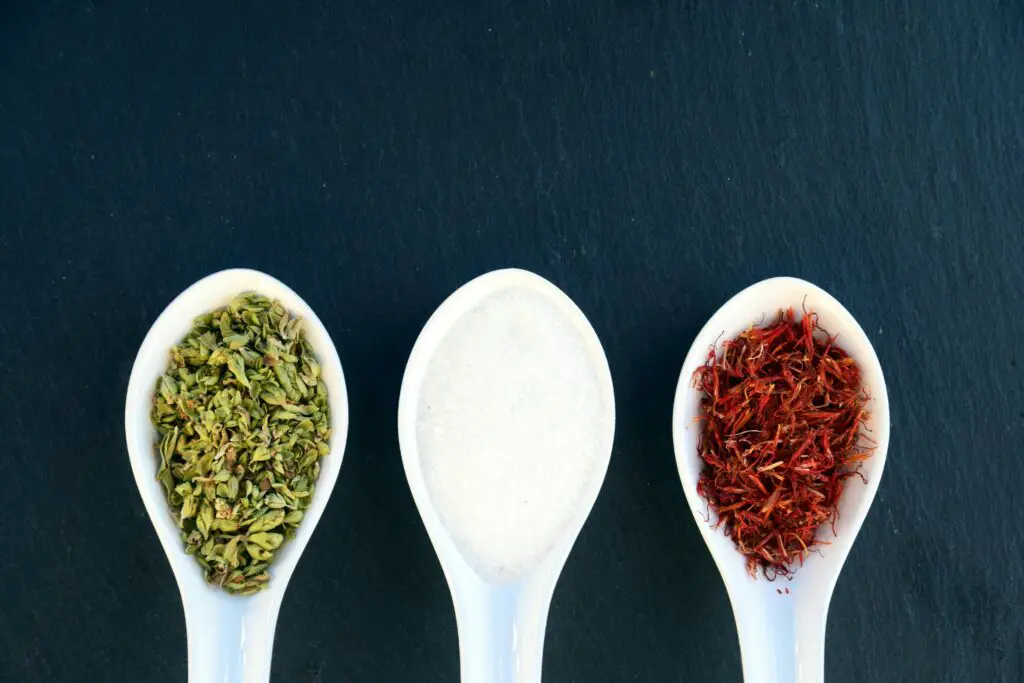1. Lobster

Once considered the “cockroach of the sea,” lobster used to be a poor man’s food in the early American colonies. It was so abundant that it was used to feed prisoners and indentured servants, with some even complaining they were served it too often. But over time, as people discovered its delicate flavor and rich texture, lobster became a symbol of wealth. By the 19th century, it was served at lavish banquets, and prices began to climb.
Today, lobster is far more affordable than it once was. With the rise of sustainable fishing practices and the expansion of global seafood markets, you can find lobster on many restaurant menus at reasonable prices. In fact, it’s not uncommon to see lobster rolls and tails offered in fast-casual settings, making this once-elusive delicacy much more accessible to the everyday diner.
2. Caviar

For centuries, caviar was reserved for royalty and the aristocracy. The eggs of the sturgeon fish were incredibly rare, making them a luxury item reserved for the upper classes. Russian tsars and European monarchs served caviar at their grand feasts, and it became synonymous with luxury and indulgence. The high demand and limited supply kept prices soaring.
However, as farming practices improved and alternative sources of caviar became available, the price dropped significantly. Today, you can find farmed caviar for much less than the exorbitant prices it once commanded. While it’s still considered a treat, you don’t have to be a millionaire to enjoy this salty indulgence anymore.
3. Truffles

Truffles, the rare fungi that grow underground, have long been associated with luxury dining. In the past, they were nearly impossible to harvest without the help of specially trained pigs or dogs, making them scarce and expensive. Only the wealthiest individuals could afford to savor truffle-laced dishes, and their culinary allure only added to their mystique.
These days, truffles are more accessible than ever. While the rarest varieties can still fetch a high price, the availability of cultivated truffles and truffle oils has made this luxury food available to many. Truffle-flavored snacks, sauces, and even pizzas can be found at much lower prices, allowing food lovers to indulge without breaking the bank.
4. Saffron

Saffron, known as the “red gold” of spices, has been a symbol of wealth for centuries. The labor-intensive process of harvesting saffron threads—requiring thousands of flowers to yield a small amount of spice—made it one of the most expensive items on the market. Kings and emperors used saffron as a symbol of power, and it was often reserved for the richest in society.
Despite its continued high price in its purest form, saffron is no longer the luxury item it once was. With the rise of synthetic saffron and more affordable, high-quality alternatives, this once-exclusive spice has become more widely available. Many grocery stores now carry saffron at a much lower price, allowing more people to enjoy its distinctive flavor and color in their cooking.
5. Avocados

Once considered a rare and exotic fruit in North America, avocados were largely reserved for upscale grocery stores and fine dining establishments. Known for their rich, creamy texture and high nutritional value, avocados were considered a luxury food item. The fruit was often featured in gourmet salads and spreads, and their price kept many from enjoying them regularly.
However, with the growth of avocado farms, particularly in Mexico and California, avocados have become a staple in kitchens around the world. Today, you can find them in nearly every grocery store at an affordable price, making them accessible to people of all income levels. Avocados are now a common ingredient in everything from toast to smoothies, no longer a luxury but a beloved everyday food.
6. Champagne

Champagne has long been associated with celebration and luxury. Produced exclusively in the Champagne region of France, this sparkling wine was once a rare treat only available to the elite. Its high production costs and limited supply made it an extravagant indulgence for royalty, aristocrats, and the wealthiest of society.
Thanks to global production and the proliferation of sparkling wines made in other regions, champagne has become far more affordable. While the finest bottles still carry a hefty price tag, many good-quality options can be found at prices much lower than in the past. Now, popping a bottle of champagne to celebrate an occasion doesn’t have to be a financial strain, making it a drink that can be enjoyed by a wider audience.
